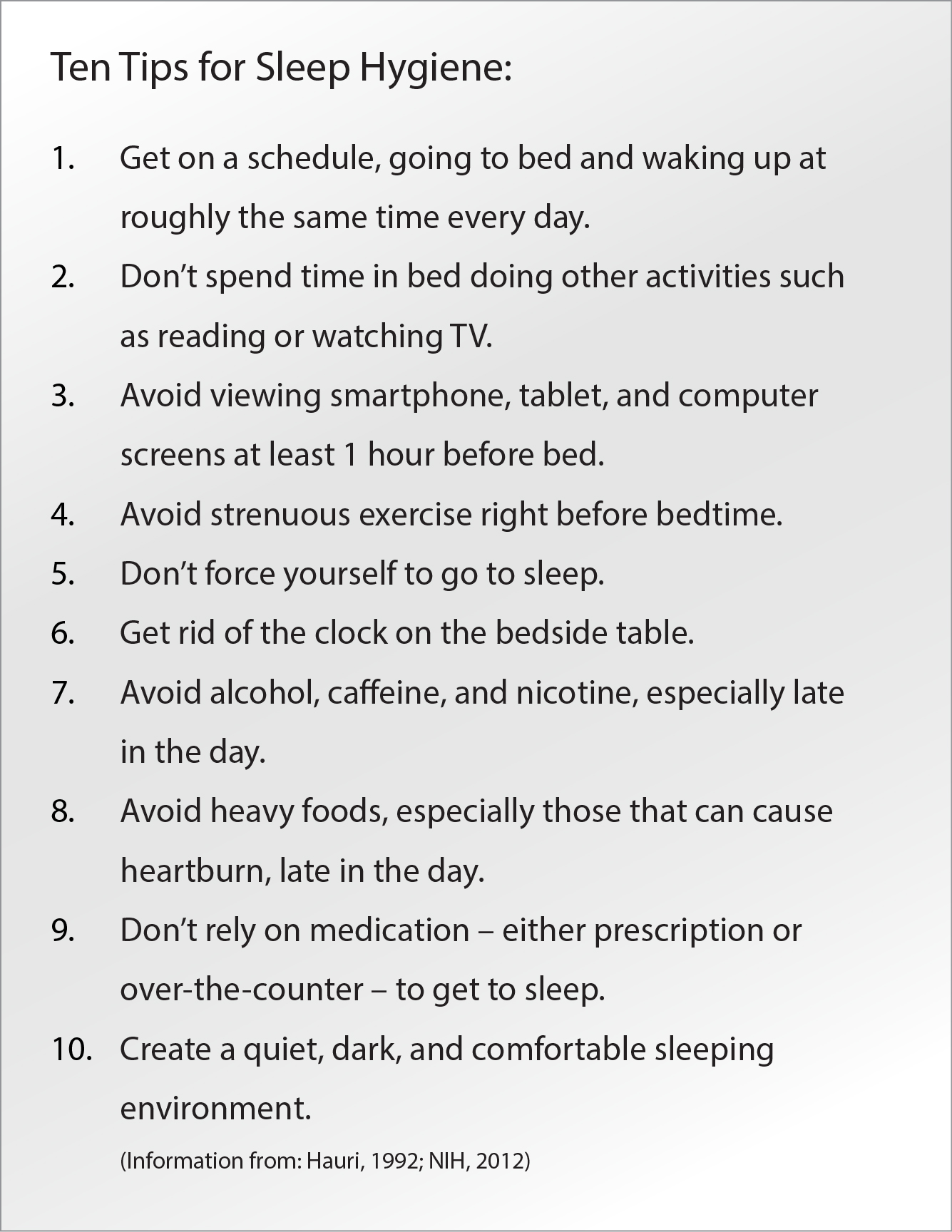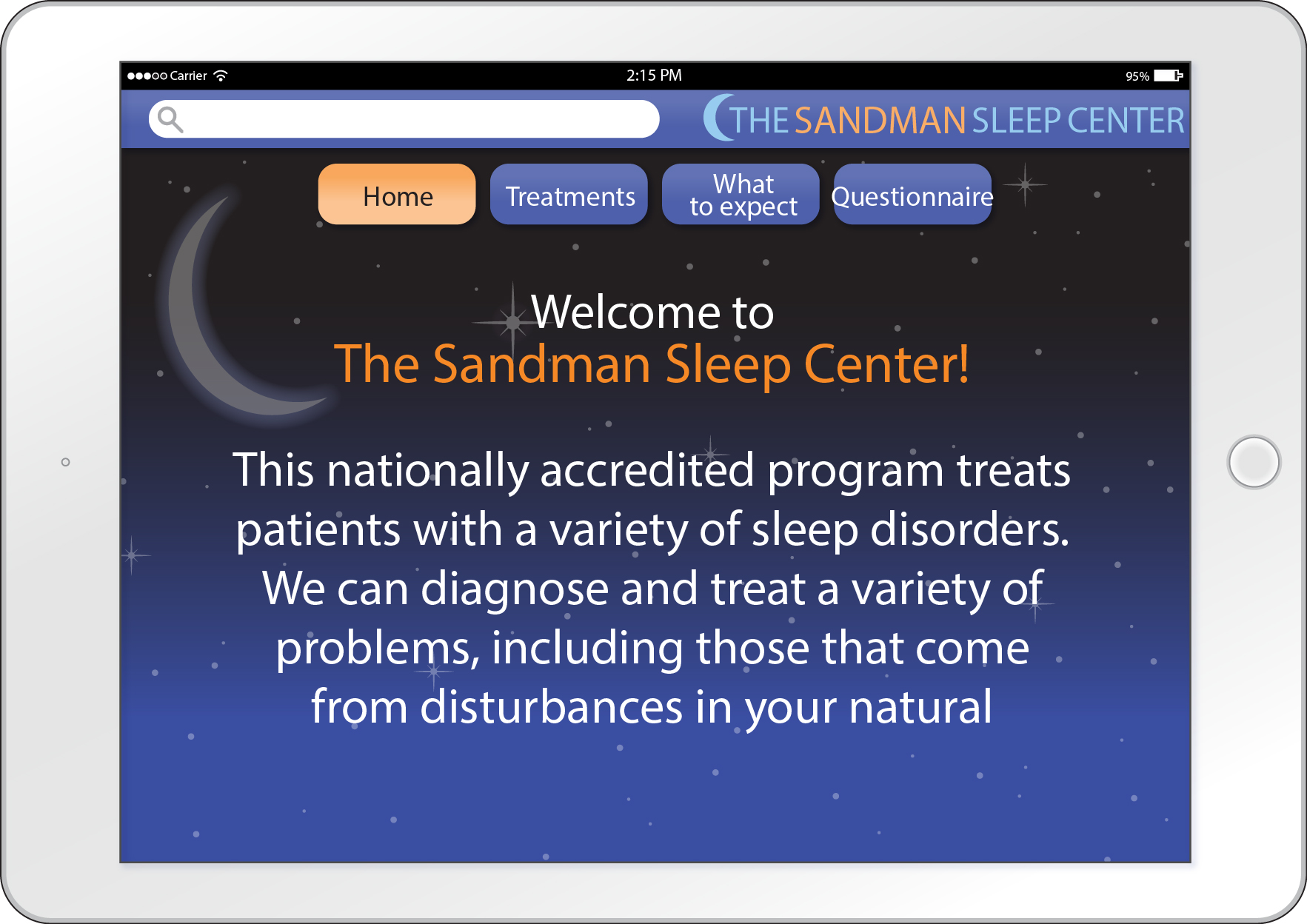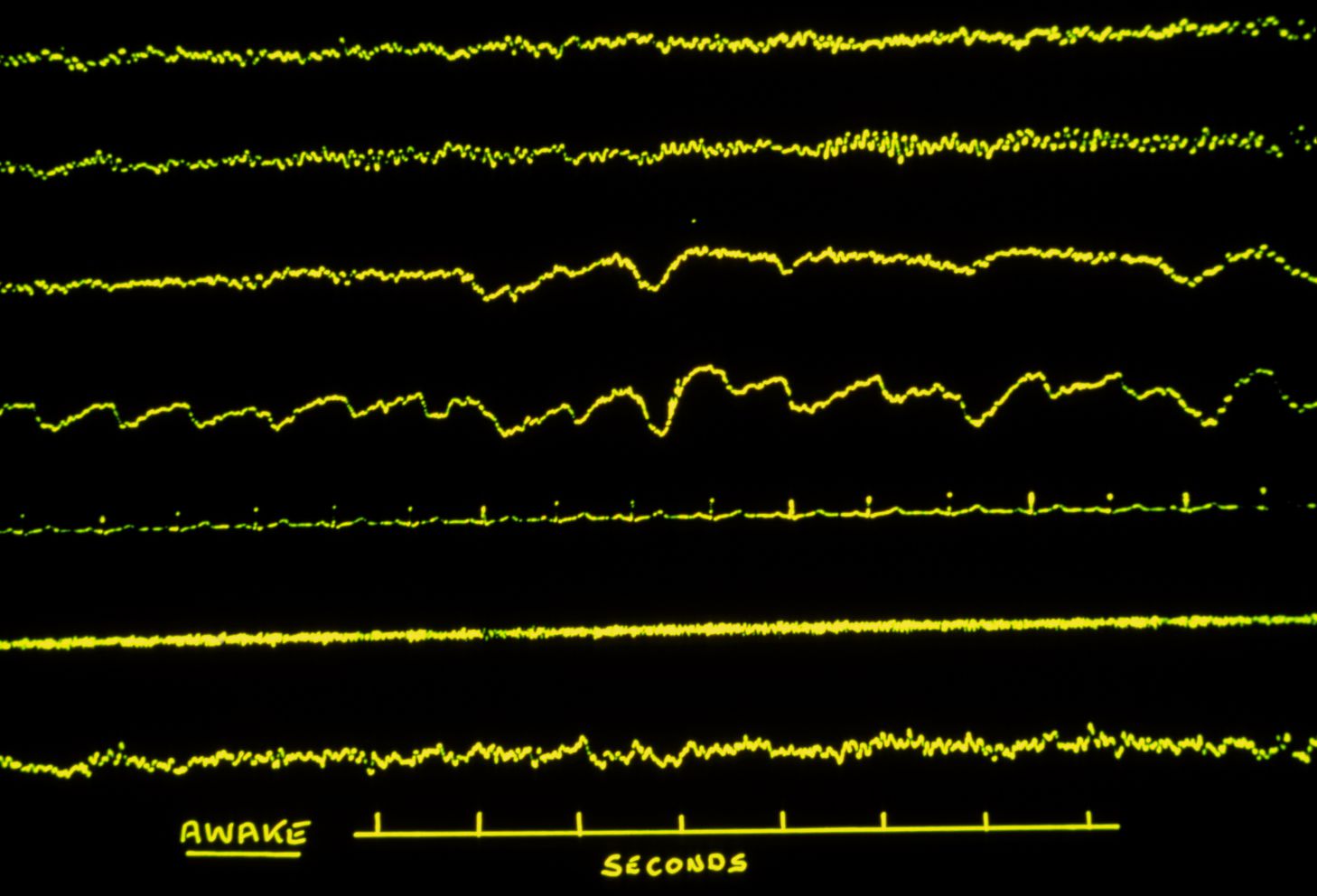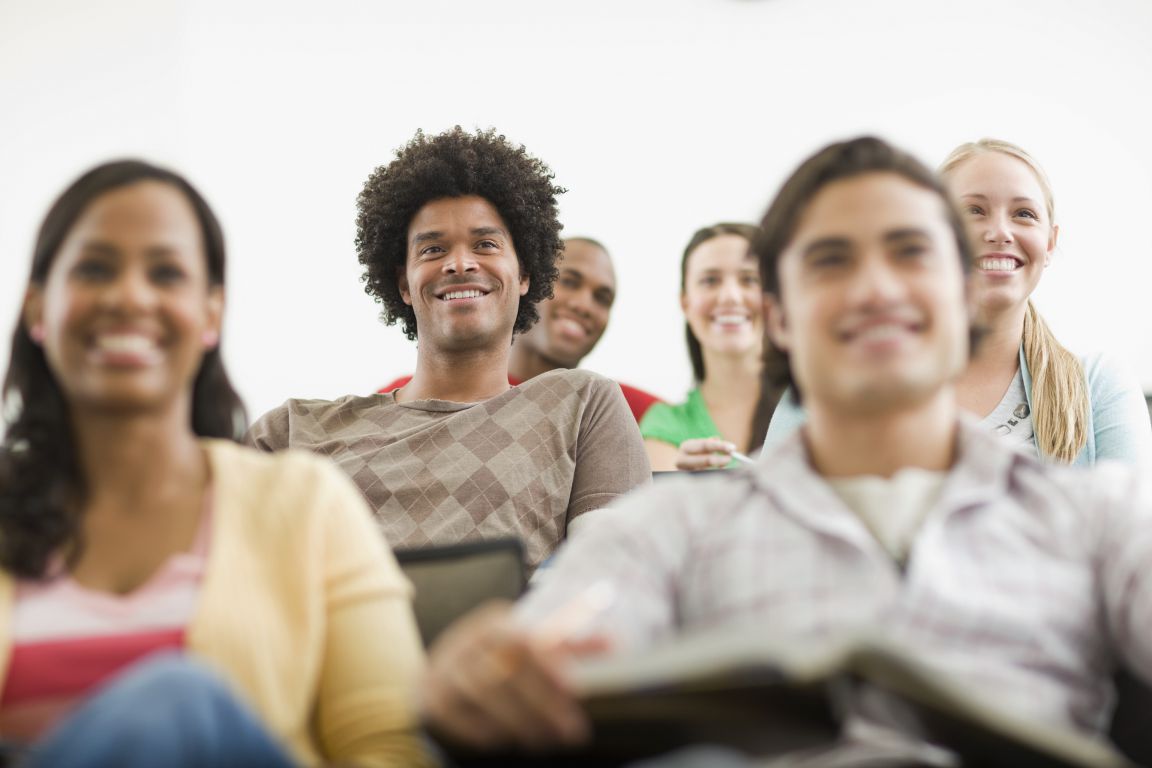
4.1

You were having such a great dream about getting straight As, but then the voice of the professor congratulating you starts to become more and more clear as she repeats your name. You realize that it is your professor’s voice in real life, and you have fallen asleep in class—again. How embarrassing! Your professor voices her concern for you:
“This is the third time in the past two weeks you have either looked like you have fallen asleep or actually dozed off in my class. Are you feeling ok? I’m getting concerned. You should figure out what’s going on so that it doesn’t negatively affect your grade in my class.”
Hauri, P. (1992). Sleep hygiene, relaxation therapy, and cognitive interventions. In P. J. Hauri (Ed.). Case Studies in Insomnia (pp. 64–84). New York, NY: Plenum
ESS © MW Johns 1990-1997. Used Under License. Murray W. Johns. A new method for measuring daytime sleepiness: The Epworth Sleepiness Scale, Sleep, 1991; 14 (6): 540-545. Contact information and permission to use: Mapi Research Trust, Lyon, France. – Internet: https://eprovide.mapi-trust.org
National Institutes of Health. (2012). Tips for getting a good night’s sleep. Medline Plus, 7, 20.
Stepanski, E. J., & Wyatt, J. K. (2003). Use of sleep hygiene in the treatment of insomnia. Sleep Medicine Reviews, 7, 215–225.
Your professor is probably right. You decide to see your doctor while you are home on break. Your doctor asks you questions about your sleeping habits, and you tell her that you have been having a hard time falling asleep and staying asleep. Your doctor decides to refer you for a sleep study. See your referral below.





